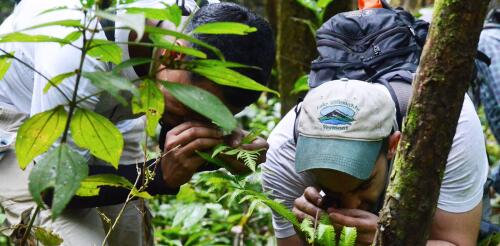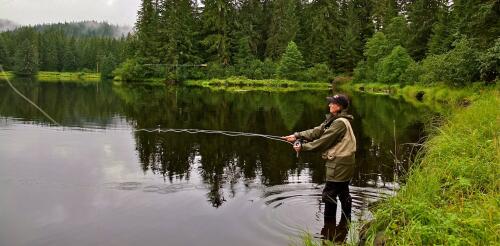Outdoors
When you hear about the abundance of life on Earth, what do you picture? For many people, it’s animals – but awareness of plant diversity is growing rapidly. Our planet has nearly 300,000 species of flowering plants. Among animals, only beetles can compete with that number. There are more species of ferns than birds, more mints than mammals, and more beans than butterflies. Measured in total mass, plants make up 82% of all life on land across the globe. We are plant scientists and co-founders of Let’s Botanize, an educational nonprofit that uses plant life to teach about ecology, evolution and biodiversity. In the past several years we have witnessed a botanical boom, with participation in plant-based hobbies surging. From cultivating houseplants to foraging for wild foods and outdoor gardening, plant appreciation is on the rise. Botanizing is spending time alongside plants in order to observe and appreciate them as living organisms – like birding, but w...
Summer and fall are prime times for getting outdoors across the U.S. According to an annual survey produced by the outdoor industry, 55% of Americans age 6 and up participated in some kind of outdoor recreation in 2022, and that number is on the rise. However, the activities they choose are shifting. Over the past century, participation has declined in some activities, such as hunting, and increased in others, like bird-watching. These shifts reflect many factors, including demographic trends and urbanization. But outdoor activities also have their own cultures, which can powerfully affect how participants think about nature. As scholars who think about organizational theory, management and entrepreneurship, we are interested in understanding effective ways to promote social change. In a recent study, we analyzed the work of the nonprofit group Trout Unlimited, which centers on protecting rivers and streams across the U.S. that harbor wild and native trout and salmon. We f...

